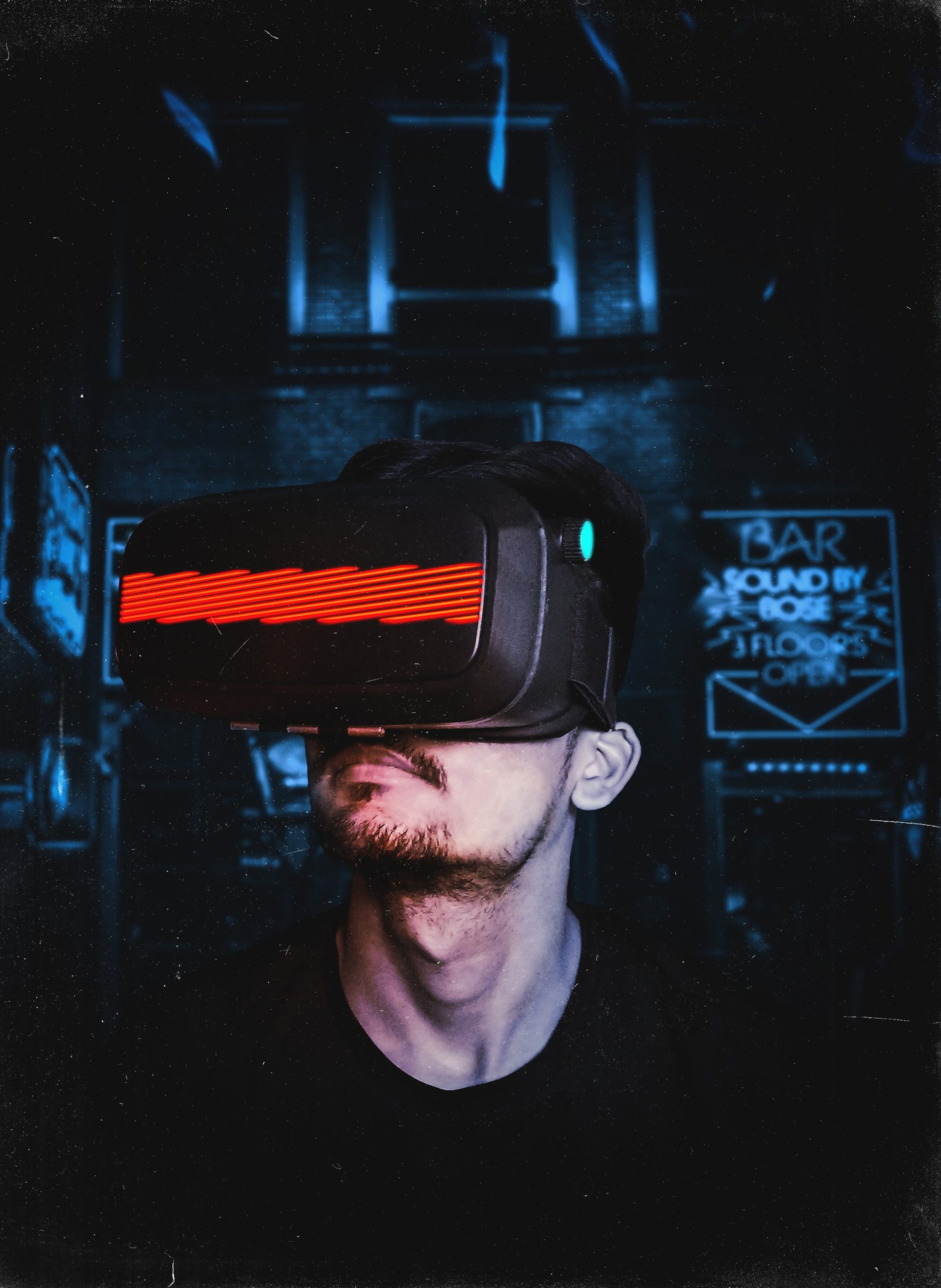Metaverse and Web 3.0 are the two buzzwords that have become popular recently. Both suggest decentralized futures for cyberspace and social media.
Web 3.0 is a digital platform that can allow you to share, produce and systematize information where users can engage data using machine learning technology and artificial technology. On the other hand, a Metaverse is a virtual place where you can access a wide range of augmented reality technology projects.
Many people around the globe are having trouble familiarising themselves with Metaverse fundamentals and the implications of Web 3.0. Still, many don’t understand them and don’t know how it affects the future of technology.
What is Web 3.0?
Web 3.0 focuses on the idea that there’s a shift in the way we use the internet since its generational transition from web 1.0 to web 3.0. Web 1.0 was the online version that existed between 1983 and 2004, and it was a place where you could access information.
Web 2.0 defines the next version where user-created content dominates the internet. Web 2.0 is the version that has allowed people to interact via social media posts on Facebook, create videos on YouTube, and leave comments anywhere they like.
For Web 3.0, its backbone is to be based on blockchain technology, and people have been speculating how Web 3.0 would look since 2006. Blockchain technology stores and transfers data in an ecosystem owned by individuals.
The rise of decentralized web browsers and NFTs is part of Web 3.0. What this translates to is that instead of spending all your time on Google or Facebook that own and monetize content and data you create, you will use search engines, social networks, and other apps that use blockchains to allow you to control data and monetize individually directly.
For example, NFTs can help music artists distribute and monetize their digital content in decentralized web browsers. The decentralized web lets users choose which websites can access their data.
What is the Metaverse?
Metaverse is a decentralized web project built on the foundation of blockchains. Metaverse project is based on blockchains created by web 3.0 technologies. You can use all kinds of digital tokens in the blockchain network to create properties with different values and functions in the Metaverse.
It’s a web-like world of interconnected 3D assets created by users. The Metaverse world is an open platform, and anyone is free to develop applications, virtual trade property, and socialize. Metaverse is a competitive state-of-the-art platform because it allows users to create and publish avatars, virtual properties, and applications in open spaces. You can use these spaces for various activities, and you can use them the way you like. Thus, the Metaverse is a virtual world that drowns users with new experiences. It combines the digital and physical world.
The idea to engage in a virtual online has been around since 1992. But true Metaverse interactions are still in development.
Microsoft co-founder Bill Gates predicts that virtual business meetings will move from two-dimensional boxes to Metaverse in the next few years. Facebook is currently expanding their rebranded company Facebook, Meta.
Facebook CEO, Mark Zuckerberg has already sold millions of its Oculus Virtual reality headgear units for navigating the Metaverse. In the announcement, Zuckerberg states Facebook (Meta) aims to accelerate the development of fundamental technologies. These technologies will include creative tools and social platforms to bring Metaverse to life. In 2021 after its announcement, Facebook launched Horizon worlds, a VR space you can navigate as an avatar and tools developers can use to create more virtual worlds.
How are Web 3.0 and the Metaverse Related?
Metaverse and Web 3.0 are intrinsically different. Metaverse is the captivating digital world connected by computer networks and servers with brimming potential waiting to be tapped.
On the other hand, Web 3.0 is the key that makes it possible for users to decentralize and interact in the Metaverse world. Web 3.0 elements like decentralization will make communication and usability stable in the Metaverse. That's why Web 3.0 technologies are seen as the building blocks of the Metaverse.
Stark Differences Between
Metaverse and Web 3.0
Similarities Between Web 3.0 and the Metaverse
Metaverse and web 3.0 are interrelated despite having differences between them. After all, they are both parts of an ongoing transformation in how we interact with digital technology.
- Content consumption is a passive process managed and configured by large entities. However, both Metaverse and Web 3.0 are built on blockchains architecture, enabling extraordinary power.
- They both use artificial intelligence to make your experience more seamless. Metaverse use AI for 3D reconstruction, while Web 3.0 uses it for semantic correlations.
- The Internet of Things is expected to play a role in the rise of Metaverse and Web 3.0 technologies.



